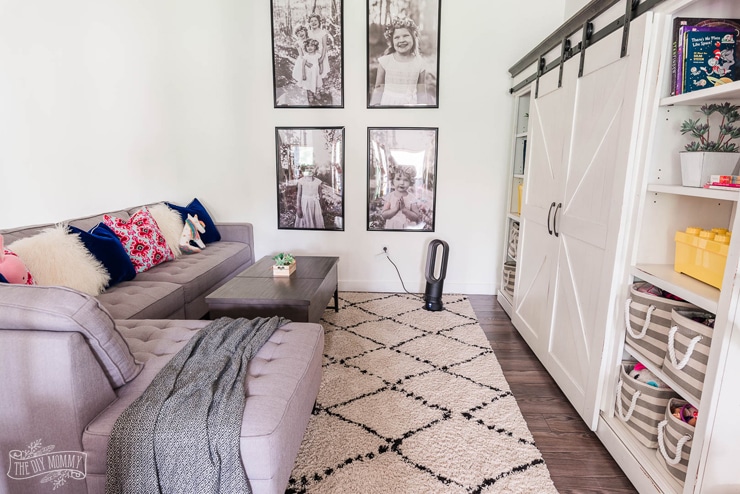
We have all either been there or witnessed the scene unfold on television or in a movie. You know, that scene when a family piles in the car ready for what appears to be a trip of some length. As the car leaves the driveway someone turns to Dad (usually driving) and inquires about directions to their destination. In a voice, just a bit more confident than is necessary the father figure replies that they need not worry as he knows exactly how to get where they are going. Sadly we all know that this scene usually ends with the family stranded in some dark and foreboding location with Dad still convinced he knows where he’s going.
Modern GPS technology has all but eliminated this archetypal scene from current film or television situations but the larger issue remains. In many very modern situations, GPS notwithstanding, making a real mess of things can still result when adequate planning is forgotten or ignored.
Such is the case with DIY home design projects, the subject of my thoughts today. A quick visit to some of the growing industries most popular online chat and advice rooms will turn up a shockingly large number of questions which have to do with spacial layouts, furniture arrangement, room organization and scale, proportion and size questions. One pleading post simply said (after offering a photo of a minuscule living room and a much too large sofa) “please, can anyone help me arrange my living room so that our new sofa will fit”. Sadly, in this case, even a shoe-horn would not help.
So what’s a self-empowered, modern homeowner to do?
In a word I would say ‘plan’, which in this instance means create a scaled floor plan of the room in question and, in a similar fashion, measuring any and all existing furniture pieces you intend to place in the room. If your situation requires the addition of new furniture to the room the same applies; measure first, purchase second. Only after understanding, on paper, the ramifications of that oversized sofa can you proceed with confidence knowing that it will both fit and look attractive in a balanced and pleasing manner.
Many will protest that this type of floor plan is for professionals and that mere mortals can’t hope to aspire to such technically challenging tasks. To this, I say phooey.
Here are three options (the first two are free) to place in your hands the floor plan you need to begin your decorating project on solid ground:
1. Graph Paper and a Straight Edge.
This old-fashioned method still works, if you are in a pinch. Graph paper is marked in quarter-inch increments. Take a measuring tape and walk the length and width of your room. Count boxes on the graph paper to coincide with the measurements recorded from your measuring tape. A simple rectangle or square will suffice but will give you documentation of the space you have. Smaller squares and rectangles will represent your existing furniture pieces and in no time you will have an accurate representation of your room. Study this. Commit this to memory and make no plans or purchases without consulting your plan.
2. Online Apps.
Here are two high-quality applications that can be installed on your computer, iPad and/or iPhone and will do the work described above with simple prompts from you. Practice and you’ll get very good at laying out rooms. Soon you’ll be the envy of all your friends as you plot and plan your next rooms re-design without the mistakes that can accompany a plan-less approach.
3. Hire Someone.
In most urban areas it’s rather simple to find a competent young drafts-person who, for an hourly fee, can do the work described above. I really recommend #2 over this approach but if you are completely stuck and willing to fork over a few well-spent dollars this is a way to guarantee you don’t make other mistakes that can cost you much more





